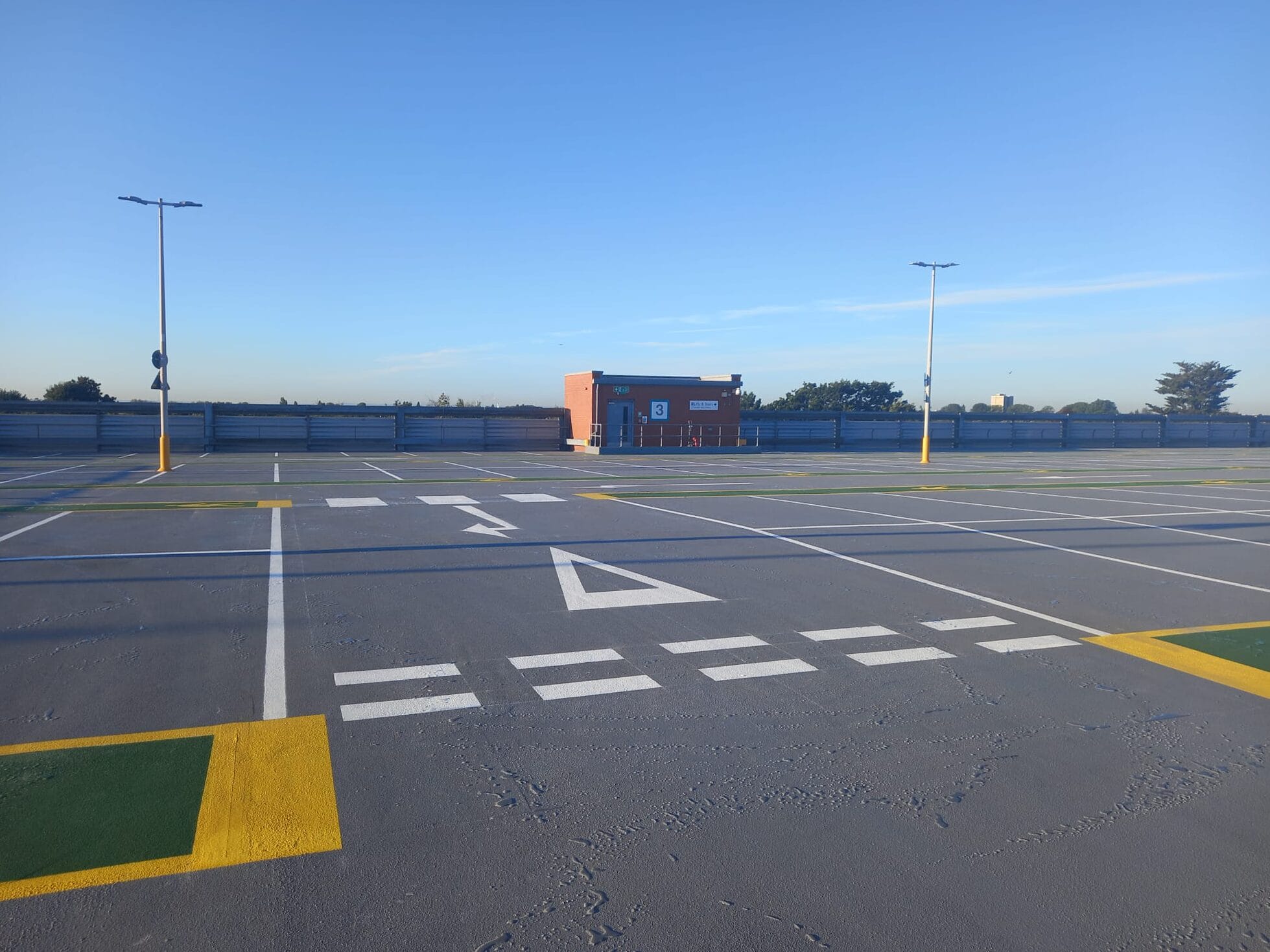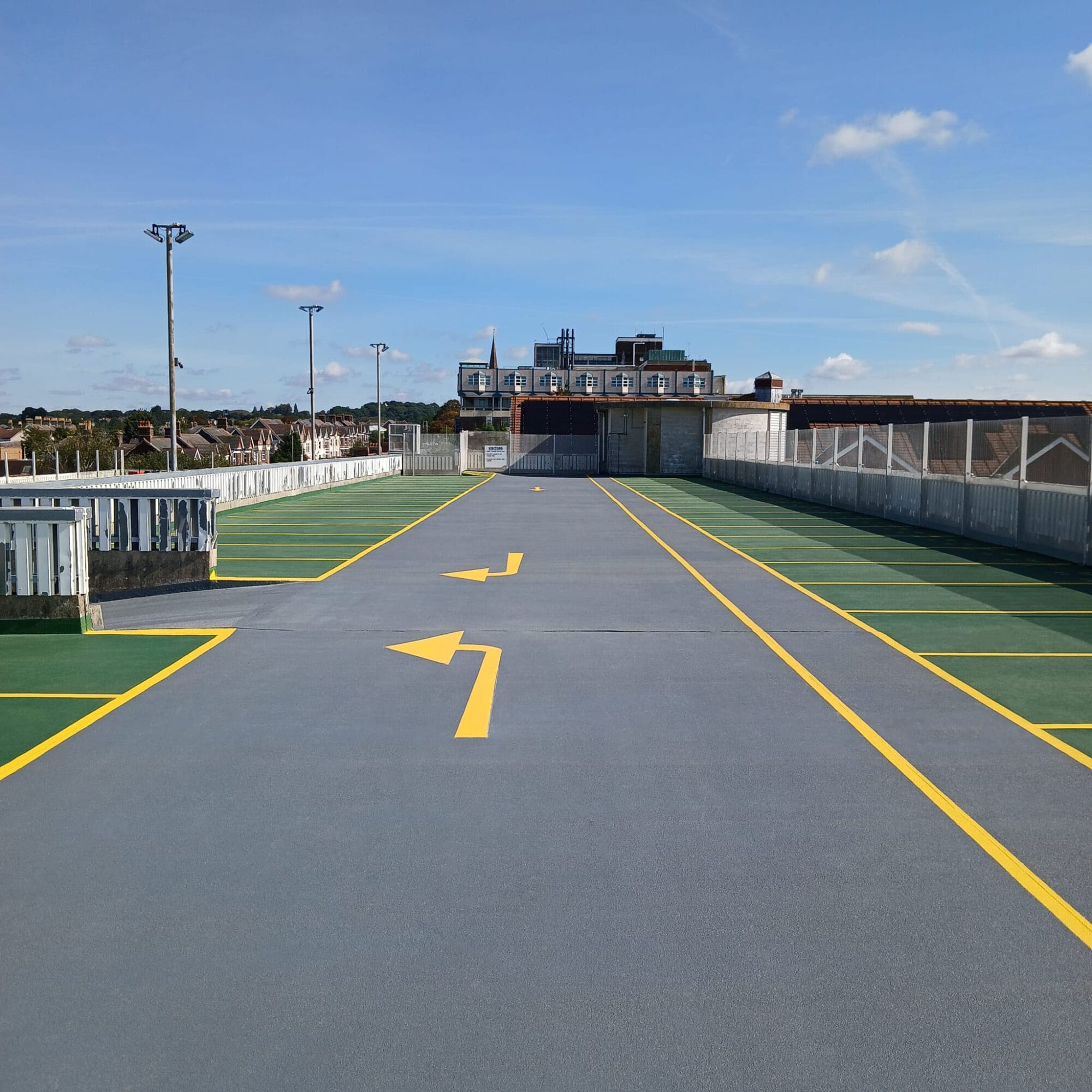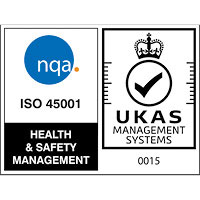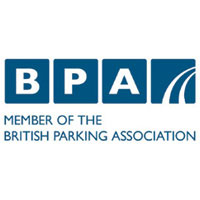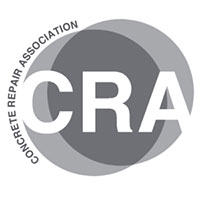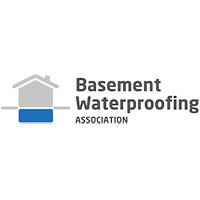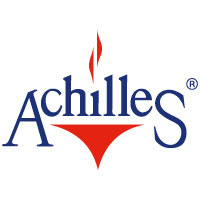Movement Joints
Movement joints are often underestimated components of a buildings structure, yet they play a vital role in ensuring the long-term durability and functionality of any construction. While they may seem like minor elements within the building envelope, movement joints are frequently the source of significant defects and failures if not properly designed and installed – sometimes within just a few years of construction.
Despite their importance, the design and installation of movement joints are frequently overlooked. This oversight can lead to suboptimal performance over time. Unlike other structural components, movement joints do not bear the load of a building or hold it’s elements together. Instead, they fill the gap between different structural sections, allowing each to move independently. In environments such as car parks, movement joints serve two critical functions: they prevent water and chemicals from penetrating the structure and can act as a temporary fire barrier, providing critical time for occupants to evacuate safely.

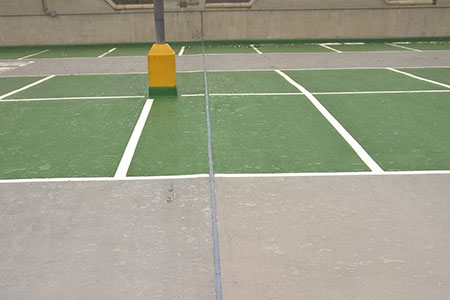
Optimizing a movement joint’s performance starts with fully understanding its function. Car parks, for example, constantly undergo cyclical loading—packed with vehicles during the day and empty at night—while also experiencing significant temperature fluctuations. These factors create daily dynamic movements within the structure, making the correct design and installation of movement joints essential.
To ensure effective performance, designers and installers must first gather all relevant performance criteria. Key factors include the joint gap width, movement characteristics, and exposure to traffic.
At Cemplas, we actively install industry-leading movement joint systems from Emseal and Radflex. We also collaborate with trusted manufacturers like Migua to deliver customized solutions that meet specific performance needs. With our expertise, movement joints in your structure will provide long-term reliability and safety.


